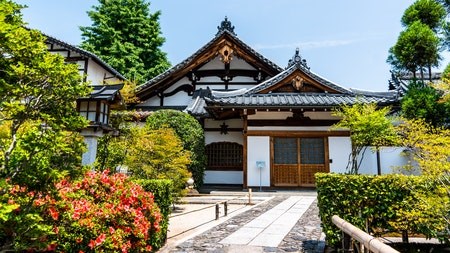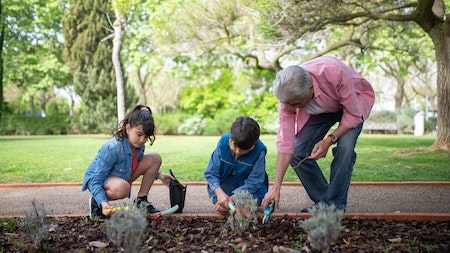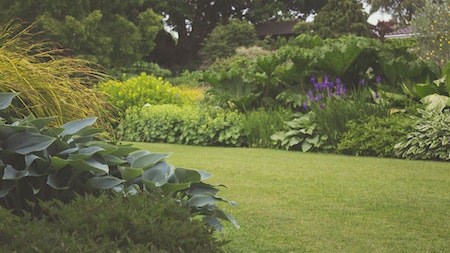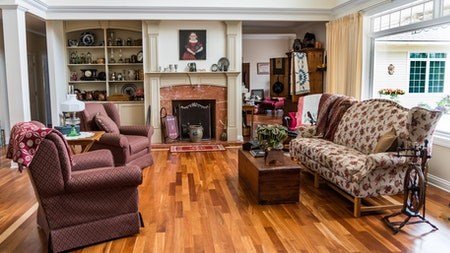In mid-summer, gardens are usually looking their best, but it's also the time of year when the hot sun bakes down and dries out lawns and plants. In addition, coastal areas are constantly having to contend with winds.
To make sure your garden stays inviting, even in the heat, requires a little forethought.
Tips
The garden experts at Starke Ayres, West Coast Village in Cape Town, offer the following tips:
- Plant Hydrangeas – often known as Christmas roses because they bloom profusely at this time of year - for summer in shady areas in the garden. Feed them with specialist hydrangea food to keep them flowering week after week. To change a pink flower to blue, use food for acid-loving plants. Mulching with bark or wood chips helps to conserve moisture and also increases soil acidity levels.
- To give pots, foreground beds and hanging baskets a little facelift plant compact annuals. Calibrachoas, Alyssum, Portulaca, Marigolds, Hypoestes Phyllostachys and Dianthus will put on a good show at this time of the year. To ensure these plants flower throughout summer, feed them with Talborne 6:3:4 organic granules. .
- For the outside of your kitchen, you should plant culinary herbs. Thyme, Rosemary, Oregano, Sage and Perennial Basil can be grown in containers or window boxes and provide a constant supply of fresh herbs for use in the kitchen. Use Stockosorb as the water-retaining agent in the pots to minimise the amount of water needed.
- Add water-retaining products to container plants or flower beds to increase the water holding capacity of the soil. Look out for products marked with water-wise signs, such as Stockosorb, Palm Peat, Vermiculite and Gold Dust, FloSTIM and Urbanscapes Green Cubes.
Indoors
The air in your home can sometimes contain harmful toxins which ultimately end up in your body. For example, toxins could be caused by building materials, paint, out-gassing carpets, dust, or flame retardants. However, the levels of these toxins in the air can be lowered through indoor plants.
The following plants can reduce many air pollutants, including formaldehyde, benzene, and microbial pathogens.
- Chlorophytum comosum (Spider plant)
- Spathiphyllum (Peace Lilly)
- Sanseveria spp (Snake plant)
- Ficus elastica (Rubber plant)
- Scindapsus aurus (Golden pathos)
Feed indoor plants regularly with a liquid fertiliser such as Seagro, Nitrosol or Sea Secret.
Waterworks
By simply spraying Wee Pong over the toilet water after use, you can keep your bathroom hygienic and smelling fresh, as well as save water. Enzymes break down the ammonia in urine. If there is no ammonia, there is no smell.
You only need two sprays after the first use, and the bacteria start working immediately. One bottle contains 600 sprays, so this is an economical as well as a water-saving solution.
For smelly greywater, pour a dollop of Tank Pong into the greywater tank. There is no need to wait until you want to use the water. The formula acts instantly and combats bad smells on contact.
According to Stark Ayres, the product is not harmful to pets, humans or plants. In addition, it is 100 % environmentally friendly.
If the above tips are well implemented, they will assist you to enjoy your gardening with a healthy garden to show.




